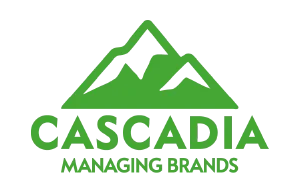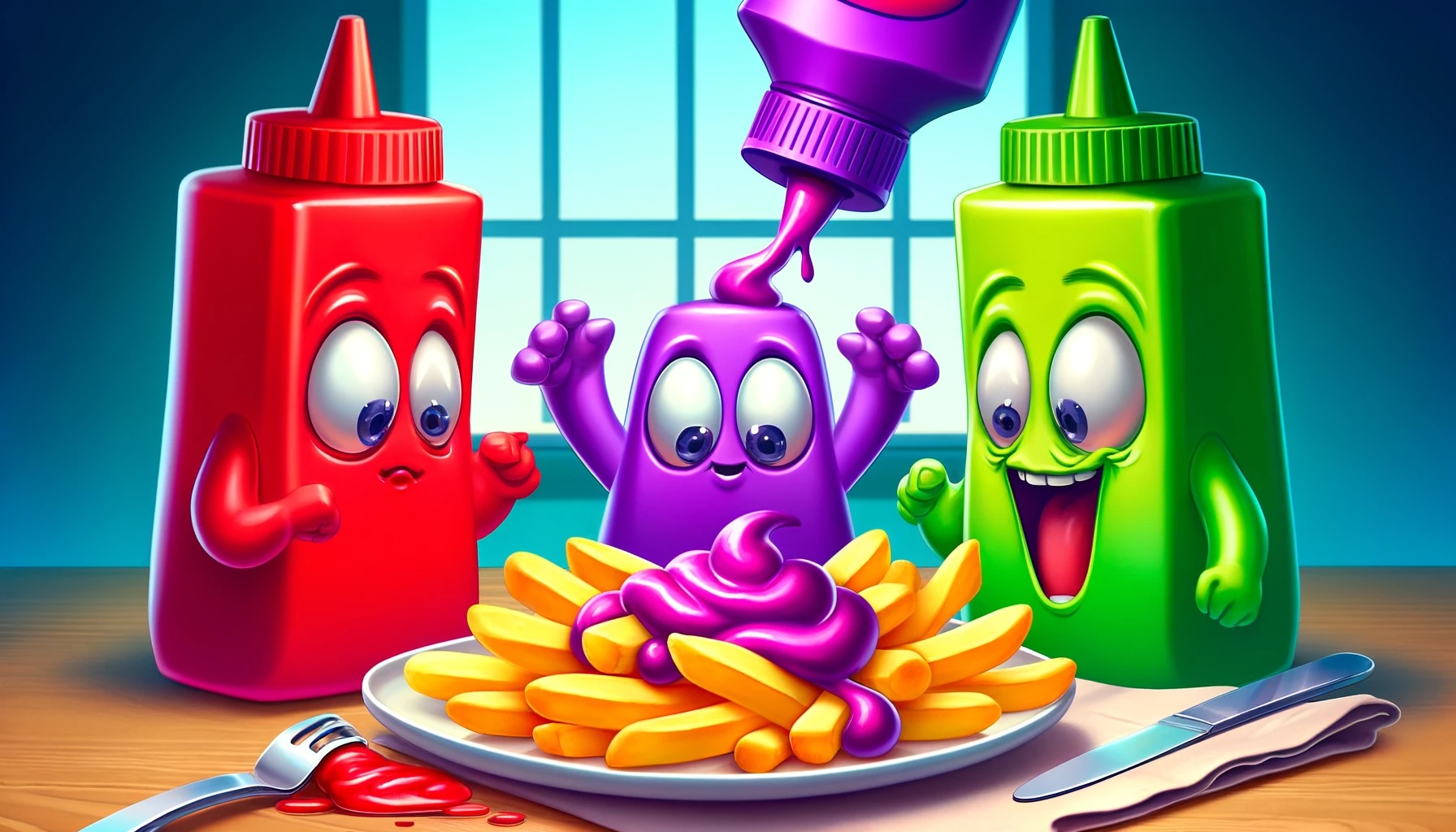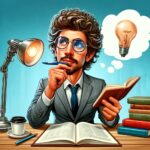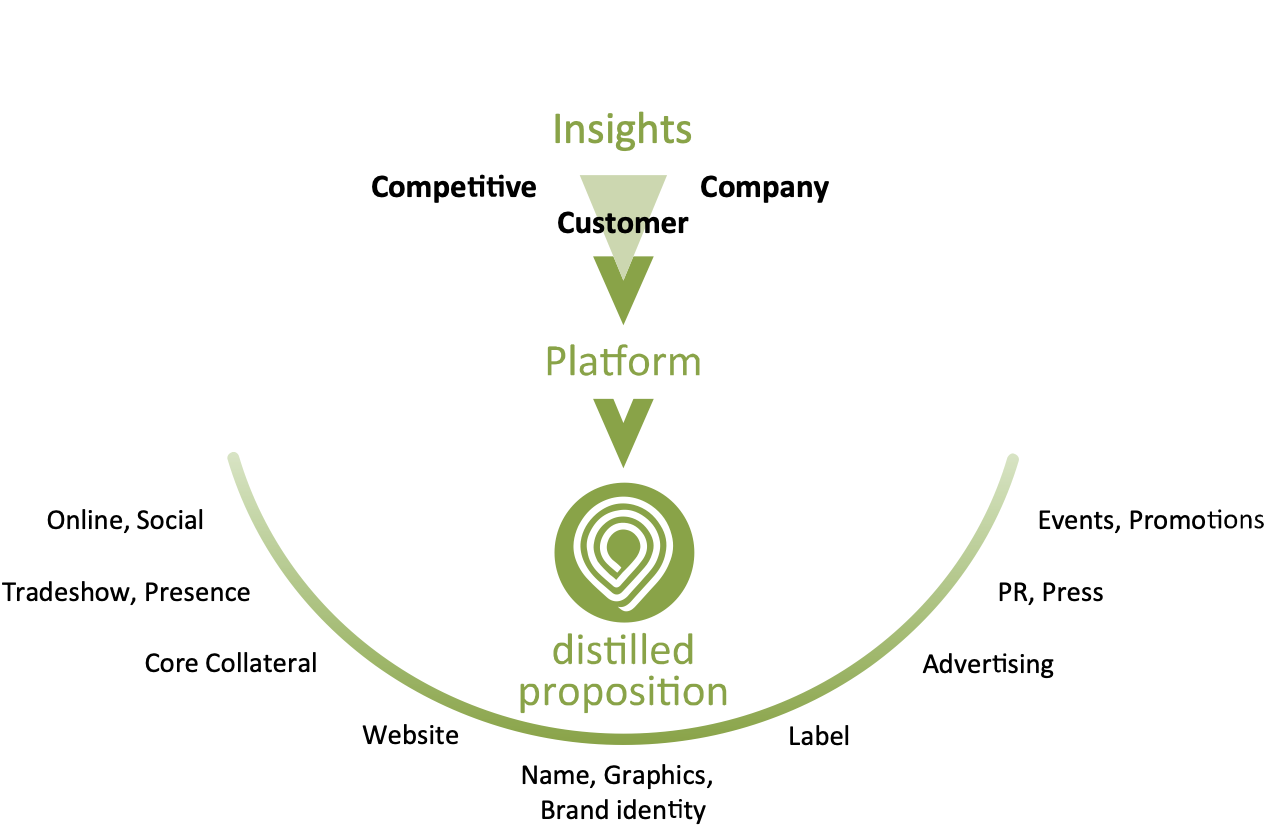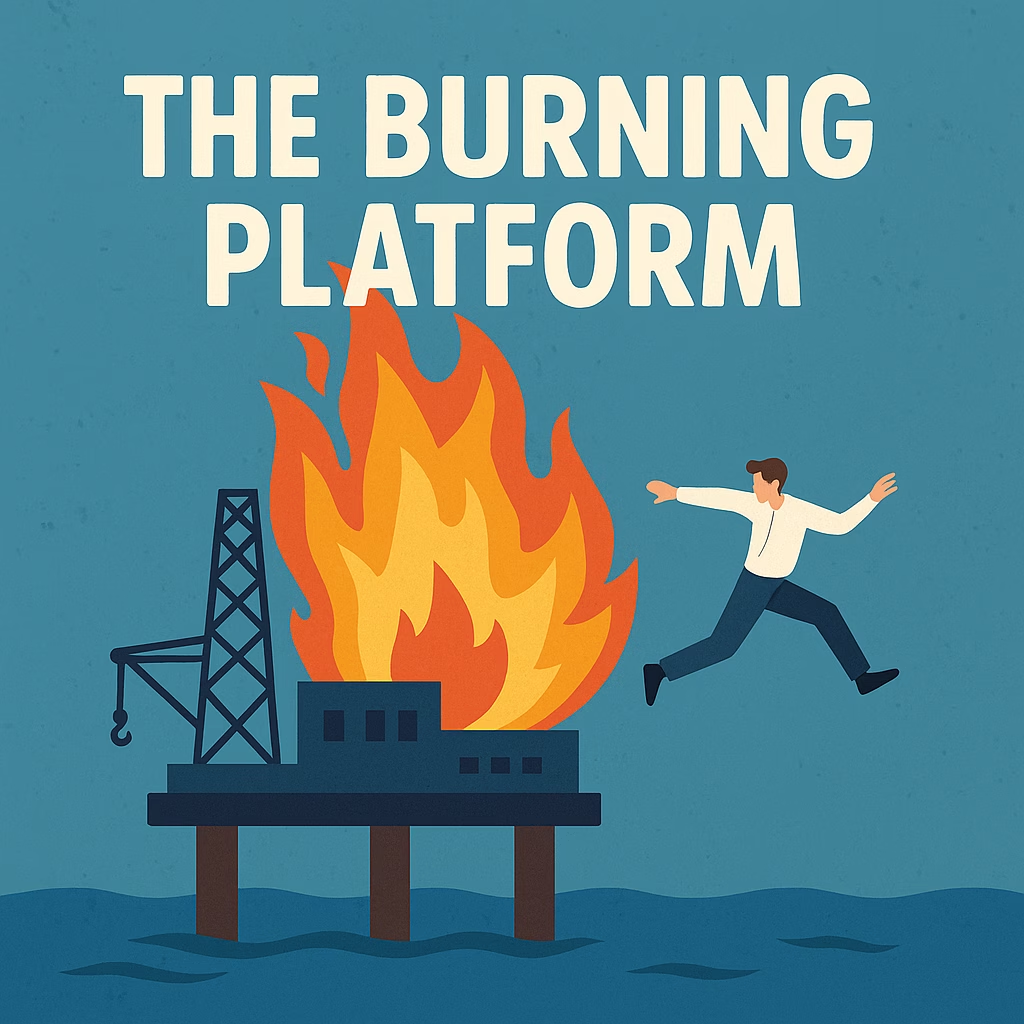This roadmap serves as a strategic compass for anyone building a brand—from early-stage entrepreneurs to CMOs at global companies. Follow…
The Museum of Missteps: A Tour Through the Hall of Hilarious Product Fails
“Epic Brand Faceplants: A Hilarious Look at 15 Product Fails That Had Us Questioning Reality”
Welcome, dear reader, to an exclusive tour of the Museum of Missteps, where brands ventured boldly into the unknown and ended up in the “What were they thinking?” hall of fame. Our exhibits range from the bewildering (hello, Cheetos Lip Balm) to the audacious (we’re looking at you, Crystal Pepsi). These are not just products; they are tales of ambition, confusion, and sometimes, gastrointestinal distress. So, grab your ticket (and maybe a bottle of antacid), and let’s embark on a journey through the annals of product history that had consumers laughing, crying, and occasionally running to the nearest restroom.
These tales of woe remind us that not every idea is a winner, but hey, at least they gave us a good laugh. Here’s to the brands brave enough to take a risk, even if it means landing in the hall of marketing misadventures!
- New Coke (1985)
Coca-Cola, in a fit of “innovation,” tweaked their century-old formula, leading to public outcry louder than a carbonation explosion. Reviews poured in like “Bring back my Coke or else!” and Coca-Cola, sensing the tide of carbonated fury, reintroduced Classic Coke with all the fanfare of a prodigal son, while New Coke tiptoed into obscurity, nursing its wounds and wondering where it all went wrong.
2. Heinz EZ Squirt Ketchup (2000)
Heinz decided that ketchup didn’t have to be red; it could be green or purple, because why not? Initial consumer reaction was a mix of intrigue and confusion, encapsulated in reviews like “Fun for a bit, but my fries were confused.” Eventually, tradition won over innovation, proving that while you can lead a horse to water, you can’t make it dip fries in green ketchup.
3. Crystal Pepsi (1992-1993)
Pepsi, aiming for transparency, literally, introduced Crystal Pepsi, leading to collective head-scratching. “Looks like Sprite, tastes like lies,” consumers remarked, as Pepsi’s clear cola quickly became nothing more than a misty memory, a collector’s item for enthusiasts of marketing mishaps.
4. Orbitz Drink (1997)
Imagine a beverage that doubled as a lava lamp, and you’ve got Orbitz. The drink’s floating blobs turned more heads in confusion than in thirst, with reviews highlighting its resemblance to a “science experiment.” Orbitz’s orbit around the market was short-lived, as it crash-landed into the annals of quirky drink history.
5. Cheetos Lip Balm (2005)
In the “because why not?” category, Cheetos ventured into cosmetics with a lip balm that promised the everlasting flavor of cheese dust. “Kisses taste weird now,” consumers lamented, quickly relegating this product to the realm of novelty gifts and bizarre product hall of fame.
6. Pepsi A.M. (1989)
Pepsi tried to replace your morning coffee with cola, because caffeine is caffeine, right? Wrong, according to sleepy consumers who clung to their coffee mugs tighter than ever. “I’ll stick to my latte, thanks,” they said, as Pepsi A.M. quietly disappeared from breakfast tables.
7. Lay’s WOW Chips (1998)
Lay’s introduced WOW Chips with Olestra, promising guilt-free snacking. However, the gastrointestinal side effects quickly turned consumer reviews from “Wow!” to “Wow, I need a bathroom—stat!” Despite a taste that appealed, the side effects were too much, leading to a rebranding attempt that couldn’t shake the product’s explosive reputation.
8. Colgate Kitchen Entrees (1980s)
Colgate, known for minty fresh breath, oddly decided to venture into the ready-to-eat meal market. “I’ll just stick to toothpaste, thanks,” consumers quipped, as they couldn’t reconcile their toothpaste brand with dinner. This culinary venture disappeared faster than the flavor of their toothpaste.
9. Gerber Singles (1970s)
Gerber thought adults might enjoy baby food-inspired meals. Spoiler: they didn’t. “I’m an adult, not an infant,” was the rallying cry of consumers who weren’t ready to regress to their highchair days. Gerber quickly retreated, sticking to what they know best: actual baby food.
10. McDonald’s Arch Deluxe (1996)
McDonald’s introduced the Arch Deluxe, targeting the sophisticated adult palate with a less-than-sophisticated price tag. “I’ll have the regular burger, please,” said wallets everywhere, leading to the Arch Deluxe’s demise and a lesson in demographic desires.
11. Frito-Lay Lemonade (1998)
Combining chips and lemonade sounds like a picnic, but not in the same bottle. “Thirsty for anything else,” consumers remarked, making it clear that some pairings are better left apart. The chip-flavored lemonade quickly vanished, leaving us parched for the classic, un-chippy refreshment.
12. Harley-Davidson Perfume (1990s)
Nothing complements the roar of a motorcycle like the gentle waft of flowers, thought no one ever—except Harley-Davidson. “I’ll just stick to engine oil,” bikers mumbled, as they passed on swapping their leather-and-petrol aura for floral notes. The fragrance line hit the brakes early, proving some brand extensions are a stretch too far.
13. Life Savers Soda (1980s)
Life Savers decided their candy would taste great as a soda. Consumers disagreed, preferring to keep their candies solid and their sodas liquid, but not candy-flavored. “I’ll just eat the candy, thanks,” they concluded, leading to the soda’s swift exit from the market.
14. Bic Underwear (1990s)
The king of disposables thought underwear might be their next big hit. The world responded with laughter and a collective “no thanks.” “What’s next? Disposable shirts?” became the joke as Bic quickly retreated to the drawing board, sticking to what they know best: pens, not panties.
15. Coors Rocky Mountain Spring Water (1990)
In an attempt to cleanse their beer-drenched image, Coors introduced spring water, leaving consumers asking, “I thought it was beer?” The confusion was palpable, as thirst for clarity led to the product’s evaporation from the market, proving that sometimes, sticking to what you’re known for is the best policy.
As we conclude our tour of the Museum of Missteps, let’s take a moment to salute the brave souls at these companies who dared to dream, even if those dreams involved making our ketchup green or our lips taste like snack food. While not all innovations can be home runs (or even make it to first base), they remind us that the path to greatness is littered with glow-in-the-dark ketchup bottles and soda that tastes suspiciously like regret. So, here’s to the missteps, the might-have-beens, and the what-in-the-worlds. May they rest in peace in the discount bin of history, leaving us chuckling at their memory. Remember, behind every failed product is a lesson learned and a marketing team saying, “Back to the drawing board—but maybe let’s not make it edible this time.”
